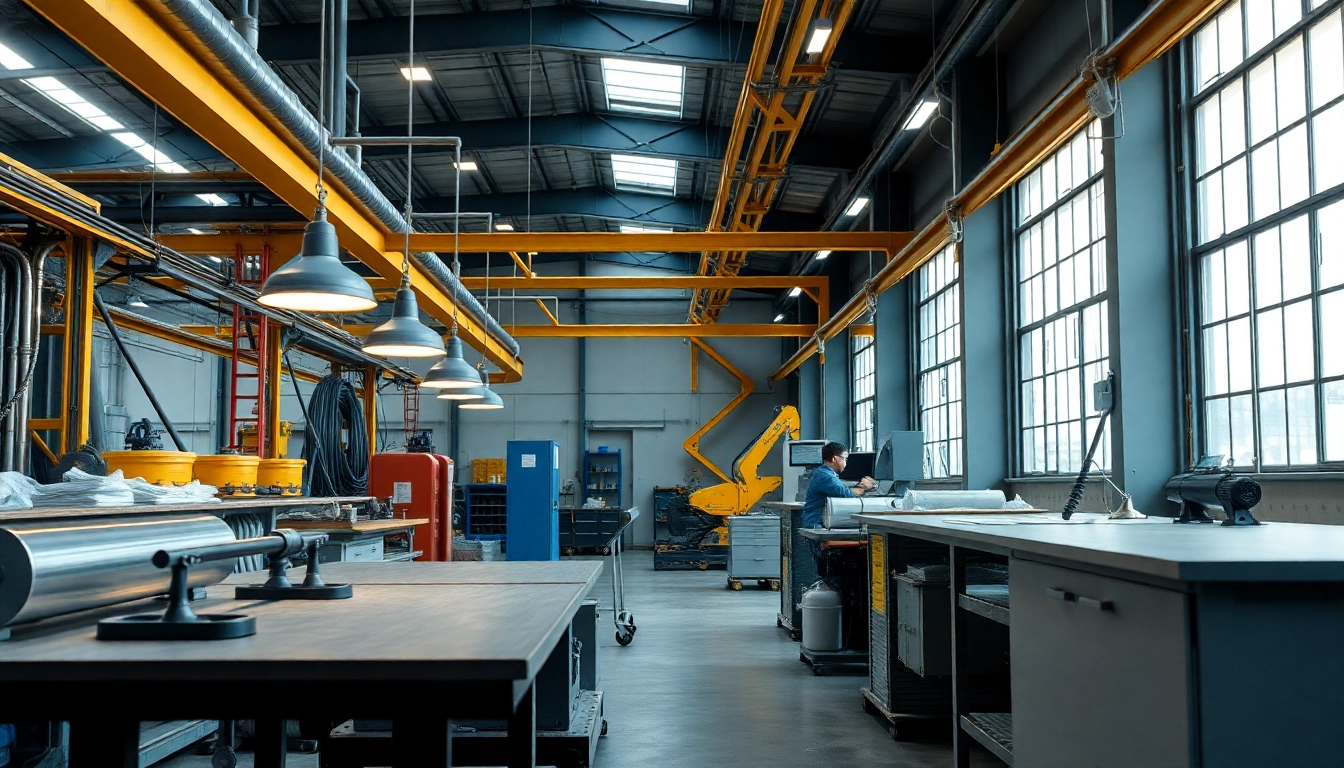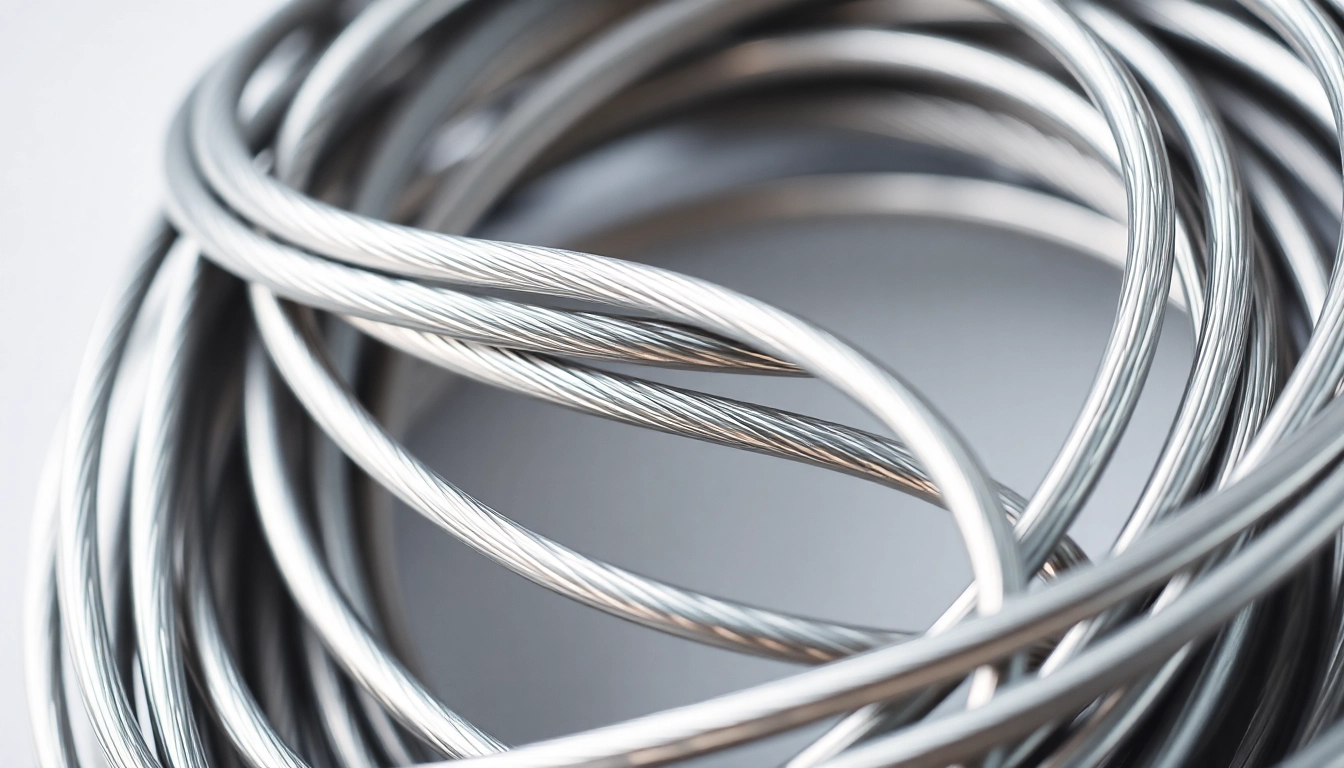Understanding Infusion Resins
What Are Infusion Resins?
Infusion resins are specialized polymer materials designed for advanced composite manufacturing, utilizing processes such as vacuum infusion. They typically have low viscosity, allowing them to flow easily through fibrous materials, filling the entire mold while displacing air and ensuring a solid, uniform structure. Infusion resins create composites that offer improved strength, durability, and aesthetic appeal, making them ideal for a range of applications from aerospace components to marine structures.
The infusion process significantly enhances material properties by ensuring complete saturation of fibers, which results in a composite that has higher mechanical performance and lower weight compared to traditional hand layup methods. The specific formulation of infusion resins can vary, addressing unique project requirements such as curing speed, environmental conditions, and desired mechanical properties. For those keen on enhancing their manufacturing capabilities, infusion resins are essential materials to consider.
Key Properties of Infusion Resins
Infusion resins exhibit several key properties that set them apart from other types of resins:
- Low Viscosity: The optimal flow properties allow for thorough infiltration into complex mold geometries without trapping air bubbles.
- Good Adhesion: Infusion resins adhere well to a variety of fibrous reinforcements, enhancing bond strength and composite performance.
- Customizable Curing Times: Users can select resins based on their curing times to suit the specific needs of a project, facilitating both quick processing and extended working times.
- Environmental Stability: Many infusion resins are designed to withstand various temperatures and environmental conditions, making them suitable for both indoor and outdoor applications.
- Chemical Resistance: Infusion resins often have high resistance to chemicals, which helps maintain the integrity of the composite in hostile environments.
Applications of Infusion Resins
The applications of infusion resins are vast and varied, reflecting their versatility:
- Aerospace: Infusion resins are extensively used in aerospace applications, particularly for structural components where weight and strength are critical.
- Marine: Boats and other marine crafts utilize infusion resins for making lightweight yet durable hulls.
- Automotive: In automotive manufacturing, infusion resins contribute to lower vehicle weights, improving fuel efficiency without compromising structural integrity.
- Wind Energy: The production of wind turbine blades often employs infusion resins for their high-performance attributes.
- Sporting Goods: Many high-performance sports equipment are manufactured using infusion resins due to their ability to blend strength with weight considerations.
Benefits of Using Infusion Resins
Enhanced Strength and Durability
One of the standout benefits of infusion resins is their ability to produce composites with remarkable strength and durability. The infusion process ensures that the fibers are fully saturated, leading to a bonded structure that can better withstand mechanical stress, impacts, and environmental degradation. This results in improved lifespan and performance, particularly in applications where components are subjected to extreme conditions.
In rigorous testing, composites made with high-quality infusion resins have demonstrated superior tensile strength compared to traditional methods. This enhancement is critical in industries like aerospace and marine manufacturing where even minimal weight savings and strength enhancements can have significant performance implications.
Improved Clarity and Aesthetics
Infusion resins often deliver better transparency and aesthetic quality. The low viscosity not only facilitates thorough penetration but also minimizes bubbles and imperfections, resulting in a smooth finish. This is particularly beneficial for applications such as custom automotive parts or decorative items, where visual appeal is a significant factor.
Moreover, certain infusion resins are designed to maintain color integrity and resistance to UV degradation, allowing manufacturers to create vibrant, visually appealing products that resist fading.
Controlled Flow and Viscosity
The low viscosity of infusion resins provides manufacturers with greater control during application. This enables them to manipulate how the resin flows through fibrous materials, ensuring complete saturation and optimal fiber-to-resin ratios. As a result, manufacturers can achieve consistent quality and performance in their composites.
This controlled flow is significantly beneficial in complex mold designs, allowing resin to reach difficult-to-access areas without the need for extensive labor or multiple application processes.
Choosing the Right Infusion Resins
Factors to Consider
Choosing the appropriate infusion resin involves several factors that align with the specific requirements of the project:
- Application Type: Different applications may require resins with specific performance characteristics, such as flexibility, heat resistance, or clarity.
- Curing Conditions: The environment in which the resin will cure—temperature, humidity, and presence of contaminants—can greatly affect the choice of resin.
- Fiber Material: The type of fibers used in the composite will influence resin compatibility and adhesion, so knowing your fibers is essential.
- Regulatory Compliance: Certain industries have strict requirements regarding materials used in production; ensure that the chosen resin meets these standards.
- Cost Considerations: While performance is critical, budget constraints may influence resin selection; balancing cost and quality is essential.
Different Types of Infusion Resins
Infusion resins come in various formulations to cater to different manufacturing needs:
- Epoxy Resins: Known for their superior strength and durability, epoxy resins are the most common type of infusion resin, making them suitable for high-performance applications.
- Polyester Resins: Generally more affordable, polyester resins are often used in applications where high strength is not the primary requirement.
- Vinyl Ester Resins: These offer improved corrosion resistance compared to standard polyesters and are often used in marine and chemical applications.
- Bio-Based Resins: With a focus on sustainability, bio-based resins are gaining popularity due to their reduced environmental impact while maintaining strong performance properties.
Comparative Analysis with Alternatives
Infusion resins are often pitted against other composite manufacturing methods such as hand lay-up and prepreg systems. Each method has its advantages and disadvantages:
- Hand Lay-Up: Simpler in terms of equipment needed, this traditional method often results in a heavier product and can be labor-intensive.
- Prepreg Systems: While they produce high-quality composites with good fiber saturation, prepreg systems often require refrigeration and precise storage conditions, making them less convenient.
- Infusion Resins: They strike a balance between performance, ease of use, and cost-efficiency, making them a preferred choice in many modern manufacturing applications.
Application Techniques for Infusion Resins
Best Practices in Application
Applying infusion resins effectively requires adherence to best practices to ensure optimal results:
- Preparation of Materials: Ensure that the mold and fibers are clean and properly prepped to avoid contamination that could compromise the bond.
- Vacuum Setup: Properly establishing vacuum pressure is crucial. Insufficient vacuum can lead to incomplete resin flow and weak points in the laminate.
- Resin Mixing: Follow manufacturer guidelines for mixing ratios to ensure consistent performance of the finished product.
- Monitoring: Continuously monitor the infusion process to identify any potential issues promptly, such as blockage or uneven flow.
Common Challenges and Solutions
While using infusion resins presents numerous advantages, there are challenges that need to be addressed:
- Air Traps: Understanding the mold design and ensuring that all potential air traps are filled can help mitigate this issue.
- Incomplete Infiltration: Maintaining optimal vacuum levels and monitoring resin flow can prevent incomplete saturation of the fibers.
- Temperature and Humidity Control: Managing environmental conditions during application can significantly affect resin curing and performance. Manufacturing in temperature-controlled environments can enhance the consistency and quality of the final product.
Tools and Equipment for Effective Use
To maximize the effectiveness of infusion resins, appropriate tools and equipment are essential:
- Vacuum Pumps: High-quality vacuum pumps are critical for ensuring the complete removal of air from the mold.
- Resin Transfer Lines: Properly sized and placed transfer lines minimize resin flow restrictions, promoting efficient infusion.
- Molds: Precision-engineered molds that align with the desired product shapes are essential for achieving high-quality finishes in composites.
- Mixing Equipment: Accurate mixing tools ensure correct ratios and homogeneous mixtures for optimal performance.
Future Trends in Infusion Resins
Sustainability in Resin Manufacturing
As industries push towards greater sustainability, the demand for eco-friendly infusion resins is on the rise. Manufacturers are increasingly looking for bio-based resins that reduce reliance on petroleum-based products. These sustainable alternatives not only meet performance standards but also significantly lower the environmental footprint of composite manufacturing.
Innovations in resin production processes are also aimed at reducing waste and promoting recycling, aligning with global sustainability goals.
Technological Advances and Innovations
Advancements in technology continue to enhance the performance and application methods of infusion resins. Automation in the infusion process is becoming more prevalent, enabling manufacturers to increase production throughput while maintaining quality. Additionally, improvements in digital monitoring and controls enhance precision in the infusion process, leading to better quality composites.
Market Demand and Growth Predictions
The market for infusion resins is anticipated to grow as more industries recognize the advantages of advanced composite materials. The ongoing development in the automotive, aerospace, and renewable energy sectors will likely drive demand, as these industries increasingly seek lighter, stronger, and more efficient materials. The shift towards environmentally-friendly solutions will further accelerate the growth of infusion resins, making them a cornerstone of future manufacturing practices.



